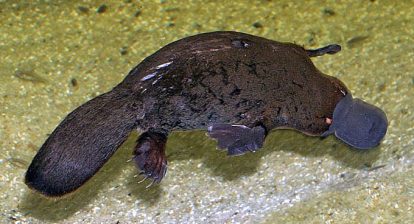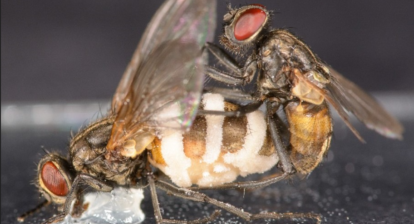Human impact on the Earth has been anything but beneficial and we now lose species at unprecedented rates. The other side of the story is that we have not even identified all the species of plants, animals, insects, fungi and microbes that inhabit this planet. And our impact is potentially making even unknown species endangered or driving them to extinction.
But every year scientist scour the planet in search of new species in oceans, rivers, forests, mountains and even deserts. The year 2019 was no exception and a number of new species were added to our co-inhabitants. Here are some of my favourites.
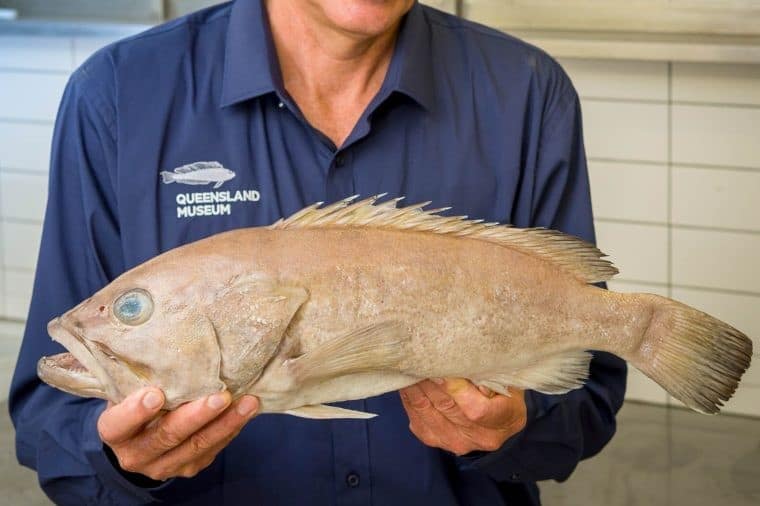
Epinephelus fuscomarginatus (Grouper). Image Queensland Museum
1. First up is the grouper Epinephelus fuscomarginatus. This non-descript grouper is a brand new species. It was being sold at a fish market and its relatives probably had been eaten plenty of times before ichthyologist Jeff Johnson at Australia’s Queensland Museum was sent a picture of it by a fisherman. Jeff went to the fish market and bought all five individuals available. The fish’s DNA was analyzed and the researchers confirmed that it was new to science.
-
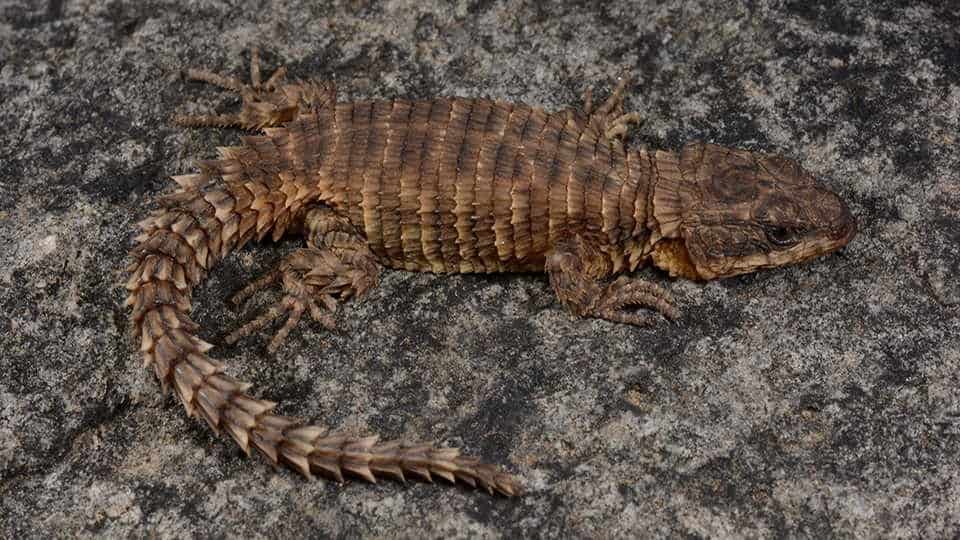
Cordylus Phonolithos (Girdled lizard). Image California Academy of Sciences © 2019 Ishan Agarwal
- This extremely cool species of Girdled gecko Cordylus Phonolithos was found at the second highest mountain in south-western Angola.
-

Dicaeum dayakorum (Speckled Flowerpecker). Image Smithsonian Institution
3. Although it is one of the 13 species of flowerpecker birds found in Borneo, this Speckled Flowerpecker (Dicaeum dayakorum) is completely unique. It is found in the lowland forests of Borneo, eats parasitic mistletoe and observed in 2009 but officially described in 2019.
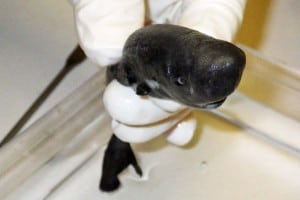
American pocket shark (Mollisquama mississippiensis). Image by Mark Doosey.
4. Seen in 2010, this American pocket shark (Mollisquama mississippiensis) was officially described in 2019. It is called pocket shark because it has pockets near its gills. It was found in the Gulf of Mexico and has several light producing organs or photophores covers almost its entire body. This means that it might glow in the dark in deep ocean. It is only the second pocket shark ever recorded; the first one was found in 1979 in the Indian Ocean.

Trimeresurus arunachalensis (Arunachal pit viper).
Image by Rohan Pandit.
5. This gorgeous pit viper (Arunachal pit viper Trimeresurus arunachalensis) was found in Arunachal Pradesh in India. Vipers are a group of venomous snakes with folding fangs and many are found in India. DNA analysis confirmed that this was a distinct species, related to the Tibetan pit viper.
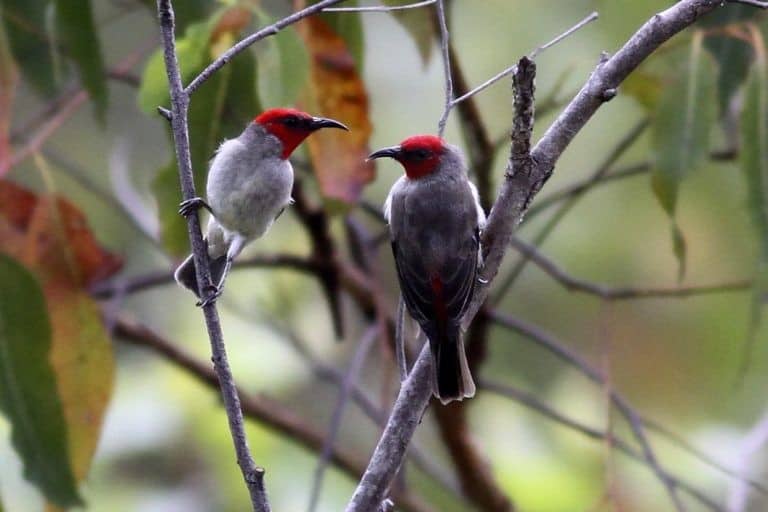
Myzomela prawiradilagae or Alor myzomela (red-headed honeyeater). Image Philippe Verbelen
6. This new bird species is the red headed honeyeater (Myzomela prawiradilagae or Alor myzomela or red-headed honeyeater) that only inhabits eucalyptus woodlands at or above 1000 meters on Alor island in eastern Indonesia.
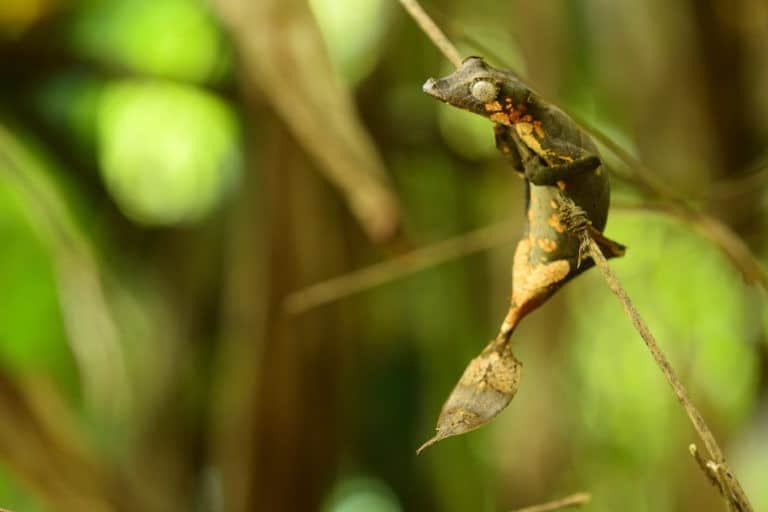
Uroplatus finaritra (leaf tailed gecko). Image by Mark D. Scherz
7 . This extremely cute lizard is the leaf tailed gecko (Uroplatus finaritra) found only in the forests of Madagascar and sports a leaf-shaped tail.

Vespamantoida wherleyi (Wasp mantis). Image by Gavin Svenson, Cleveland Museum of Natural History
8. Spotted in 2013 but officially described in 2019, this bright orange-red mantis (Vespamantoida wherleyi or Wasp mantis)was found by the Amazon river in northern Peru. It not only mimics a wasp’s colours but also its movements, which is a rare phenomenon in mantises.
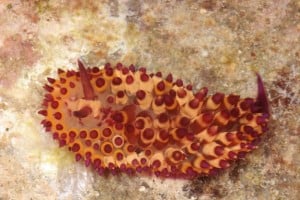
Janolus Flavoannulata (sea slug). Image Terry Gosliner California Academy of Sciences
9. A stunning new sea slug Janolus Flavoannulata was described by scientists at the California Academy of Sciences (where 71 new species were described altogether in 2019).
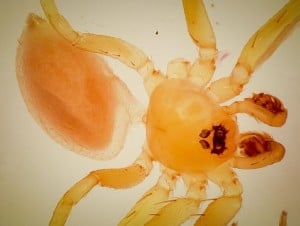
Myrmecicultor chihuahuensis (Ant Worshipping Spider) Durrell Ubick 2019 California Academy of Sciences.
10. And finally, the first and only species of what are now called “ant worshipping spiders” because they spend most of their time in ant mounds. They were found in Mexico’s Chihuahuan desert. It is not yet clear why they spend so much time in the ant mounds.
The selected Optin Cat form doesn't exist.[donate-with-info]

